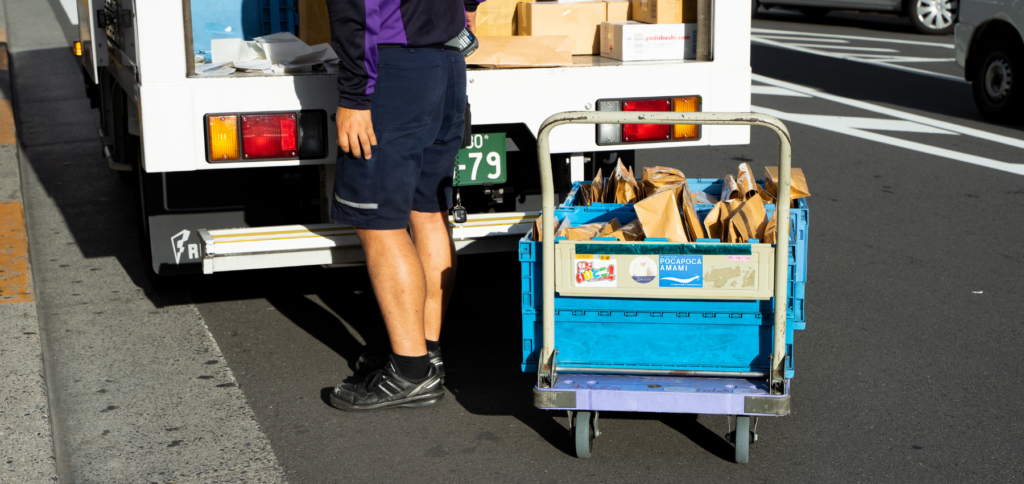Whether you’re planning a trip to France, connecting with French speakers, or simply expanding your linguistic horizons, mastering basic greetings and salutations is a great place to start.
In this guide, we’ll equip you with the essential phrases to confidently navigate your initial interactions in French.
Bonjour
Whenever you think of French salutations, “Bonjour” is likely the first that comes to mind. Translating to “good day,” this greeting is versatile, used universally across the French-speaking world from morning to late afternoon. It’s the perfect way to greet someone, whether you’re entering a store, meeting a friend, or starting a conversation with a stranger.
Other ways to say hello
Though “Bonjour” is undeniably popular, there are a plethora of other French salutations, each holding its unique charm:
- Bonsoir: As the sun dips and evening approaches, you’ll switch from “Bonjour” to “Bonsoir,” which translates to “good evening.”
- Salut: This informal greeting means “hi.” It’s best used among friends or people of the same age group.
- Coucou: A playful and informal hello, typically among close friends or to young children.

Some ways to say goodbye
Knowing how to say goodbye is just as important as knowing how to say hello.
Here are the most common ways to bid farewell in French:
- Au revoir: The standard goodbye. It translates to “until we see each other again.”
- Salut: Yes, the same word for “hi” can be used to say goodbye informally.
- À bientôt: Meaning “see you soon”, this phrase is a warm way to express hope for another meeting in the near future.
- À demain: For those you’re sure to see the next day, this phrase translates to “see you tomorrow”.
- Bonne journée: Wish someone a “good day” as you part ways.
- Bonne soirée: Similarly, wish someone a “good evening” when you say goodbye in the evening.
Slang versions of hello
While “bonjour” and “bonsoir” are the staples of French greetings, using slang can add a touch of personality and familiarity to your conversations. Here are a few options to try:
- Yo: Yes, you read that right! The French, especially the younger generation, have adopted “yo” as a casual greeting, similar to its usage in English.
- Hé: Pronounced like “hey”, this is a light and breezy way to catch someone’s attention or greet a friend.
- Salut mec: Translating to “Hi dude!” or “Hey man!”, this greeting is informal and mostly used among male friends.
- Wesh: Borrowed from Arabic and brought into French urban slang, “wesh” is a very informal way to say “hi” or “what’s up?”.
Adding a touch of formality
In French, it’s customary to add a title when addressing someone, especially in formal settings.
“Monsieur” is used for men, “Madame” for women, and “Mademoiselle” for young, unmarried women. While “Mademoiselle” has traditionally been used, it’s becoming increasingly common to use “Madame” for all women, regardless of marital status. When in doubt, it’s always a safe bet to use “Madame”.

French salutations beyond words
The French aren’t just vocal with their greetings; they complement them with distinct body gestures that add depth and emotion to the interaction.
- La bise: Perhaps the most emblematic of French greetings, “la bise” involves lightly kissing both cheeks. The number of kisses and the starting cheek can vary based on the region or personal relationships.
- Handshake: A firm handshake is common in professional settings or formal introductions.
- Hug: Less common than in some other cultures, hugs are typically reserved for close friends and family.
Next time you find yourself with French speakers, remember these salutations and greet them the French way!











